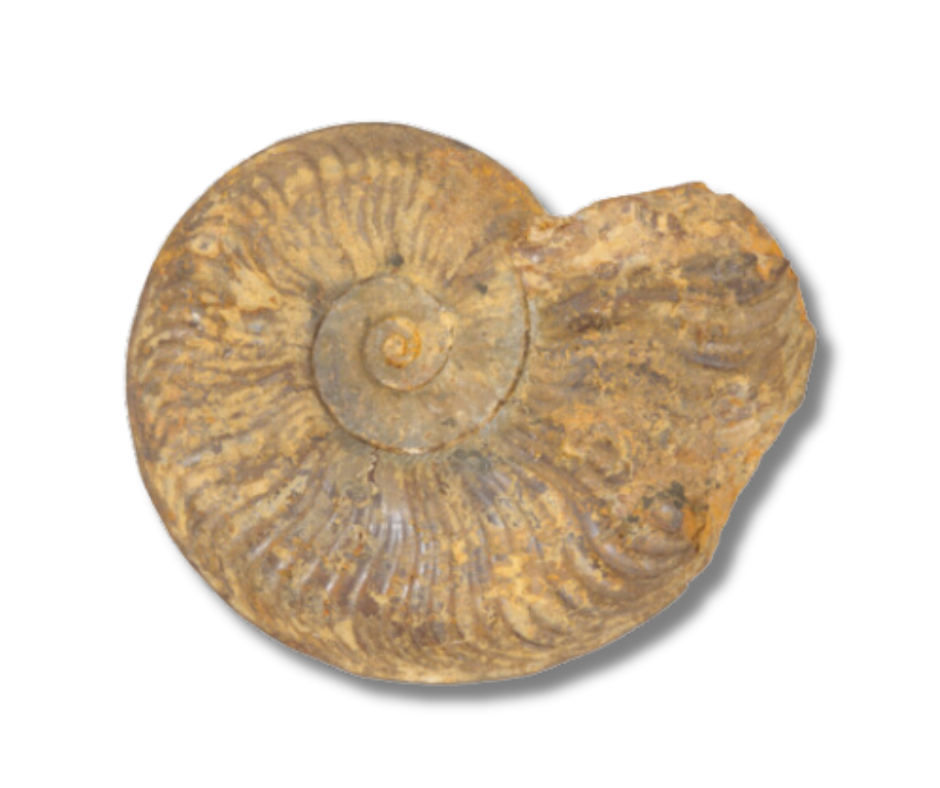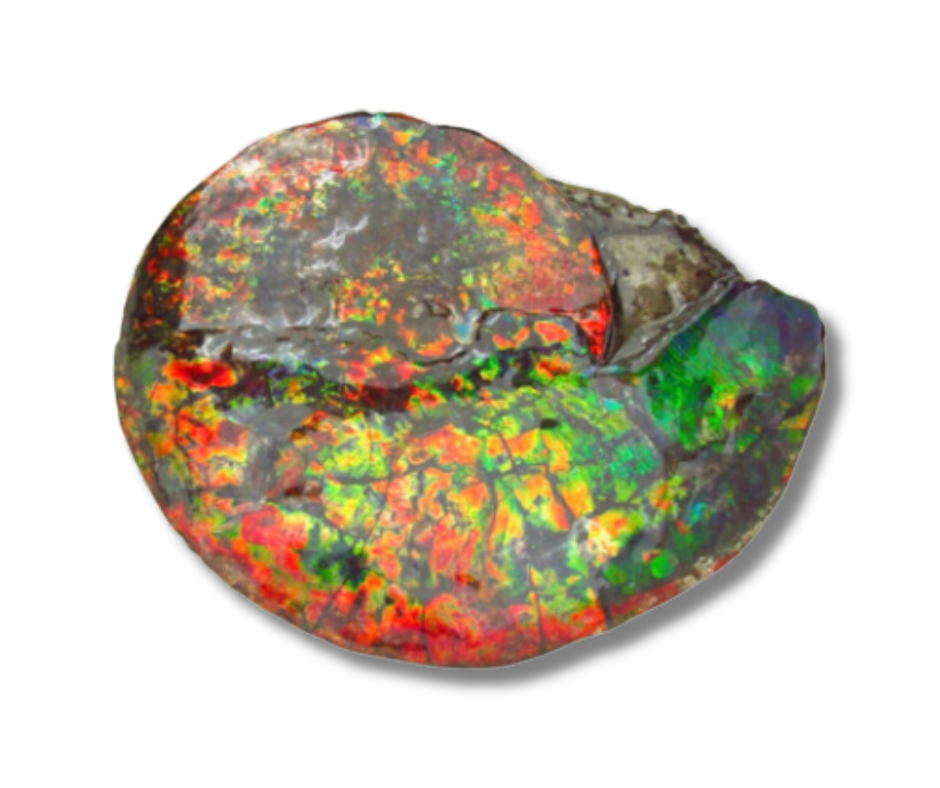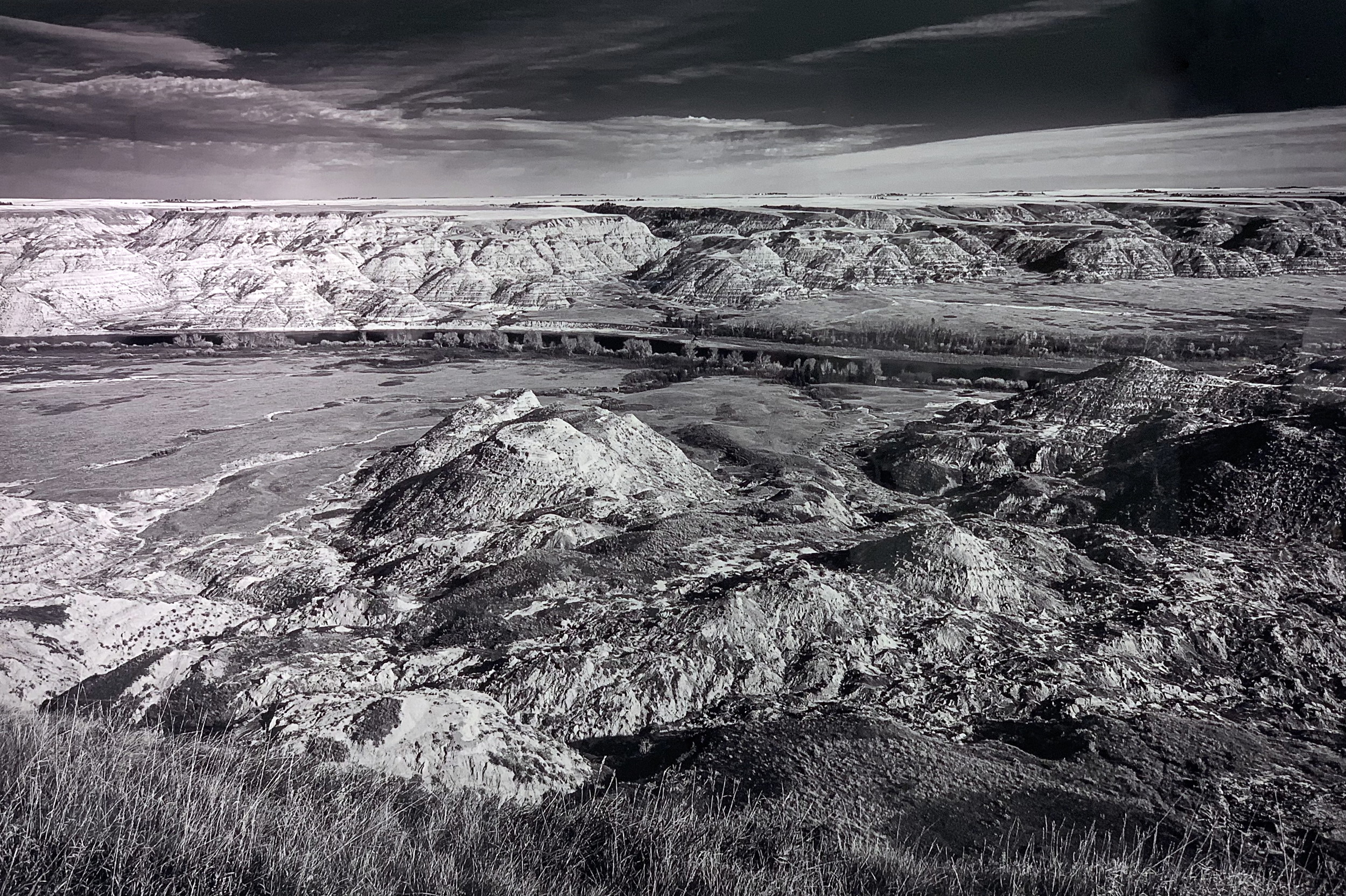Ammolite vs Ammonite: What’s the Difference?
‘Ammonites’ were sea creatures that went extinct around 65 million years ago, along with the dinosaurs. They were similar to a modern-day squid or an octopus with a shell. Their existence on Earth lasted for 330 million years. When ammonites died, they were deposited at the bottom of the ocean and covered with sediment. After being buried for millions of years, the remains of these marine organisms fossilized and left behind shells that are found throughout the world.
‘Ammolite’ is an iridescent gemstone cut from the fossilized shells of ammonites. It is one of the rarest gemstones in the world as the Bearpaw Formation in Alberta, Canada is the only area in the world known to yield gem-grade ammolite in commercial quantities. Ammonites with colour and iridescent qualities have been found in other places such as Montana, Saskatchewan, England and Madagascar. However, compared to those found in Alberta, they are too fragile to create gemstones or they are not vibrant enough to be graded as gem-quality.
The History of Ammolite
The Blackfoot First Nation has known about ammolite for many years. They refer to the colourful gemstone as ‘Iniskim’ or ‘buffalo stone’. Legend tells of a harsh winter where the Blackfoot faced starvation as the buffalo herds had moved away and their crops were frozen. While sleeping, a young woman within the Nation was sent a message by the Spirits in the form of a dream. She was told to search for a coloured stone with magical properties that would ensure prosperity. After days of searching, she found the stone in a cave and it gave her instructions on how to perform a ceremony that would call back the buffalo. The young woman used the stone as directed and upon her return to camp, herds of buffalo appeared on the plains and the Nation’s hardships had been diminished.
It is believed that it was not until the early 1900s that scientists first documented and described iridescent ammonite shells. The gemstones created from this material were not introduced until the 1960s. Ammolite started to become more popular when it was officially recognized as a gemstone in 1981 by the World Jewellery Confederation. Today, there are several companies that operate ammolite mines. These mines are all located within the Bearpaw Formation in Southern Alberta. The amount of ammolite remaining in Alberta remains uncertain. It is estimated that there is a very limited supply of top-grade gemstone. As a result, many people have started buying ammolite as an investment. In 2022, ammolite was recognized as the official gemstone of Alberta, Canada.



